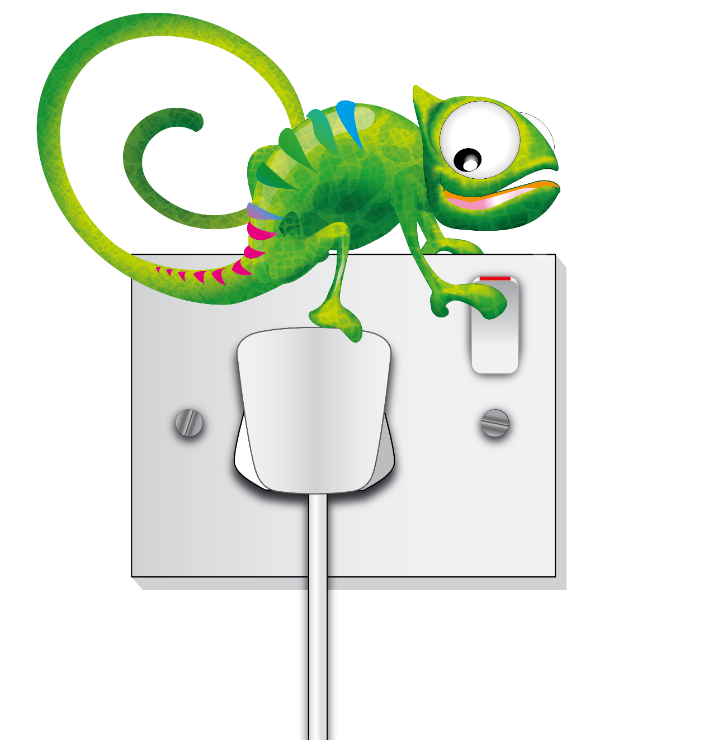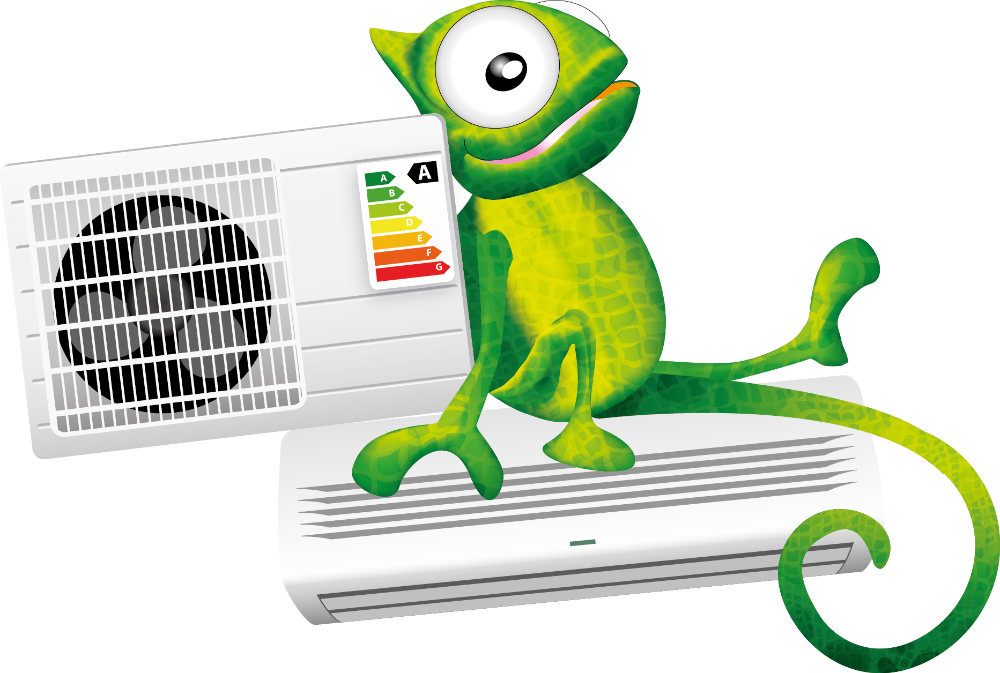Energy Efficiency At Work
Energy Efficiency At Work
Energy 24 Apr 23
Energy is the largest controllable cost involved in running office buildings. Implementing simple and cost effective measures can save your business an average of 20% on its energy bills. In addition to this, creating an efficient and more comfortable working environment can give rise to better employee productivity and help prevent absence due to sickness.

Energy Efficiency
Energy efficiency is the most cost effective way of reducing our carbon emissions.
Whether you've already implemented solutions or are yet to consider the options available, here's the information you need to make informed decisions about managing the energy efficiency of your home and your workplace.
At Work
Energy is the largest controllable cost involved in running office buildings. Implementing simple and cost effective measures can save your business an average of 20% on its energy bills. In addition to this, creating an efficient and more comfortable working environment can give rise to better employee productivity and help prevent absence due to sickness.

Appoint an Energy Champion
An Energy Champion at your workplace can focus your efforts to reduce energy and coordinate essential activities such as:
- Carrying out energy walk-rounds.
- Reading meters and monitoring energy consumption.
- Implementing measures to reduce energy consumption.
- Encouraging other staff to save energy.
- Being a first point of contact for energy saving matters.
- Liaising with the Department of the Environment's Energy Conservation Officer.

Switch lights off in empty rooms
- Cut lighting costs by as much as 15% just by making sure lights are turned off in rooms and corridors that aren’t being used.
- Remember to switch off lights when you go home.
- Switch off lights if you are leaving an empty room for longer than 15mins – it is a myth that it is cheaper to leave fluorescent lights on than to switch them off.
Don’t use more light than you need
- If you’re only working in one part of a room, why have all the lights on? Don’t strain your eyes, but try not to use more light than you need.

Make the most of natural light
- It’s free and it won’t damage the environment. So keep windows clear, and make the most of the daylight. Avoid blinds down and lights on.
Label light switches
- Help staff to select only those lights they need by attaching labels to every bank of light switches.
- Turn off lights that are not needed but remember to consider health and safety implications, particularly in corridors and stairwells.
- Install low-energy lighting
- Choose the most efficient lighting possible.
- When fluorescent tubes being to flicker report them promptly, as they consume more electricity than the ones working properly.

Switch off equipment when you’re not using it
- Turning off computers at the end of the day will make a big difference.
- Switch off your PC monitor when you are not using it, e.g. when attending meetings, tea breaks and lunchtime. Rather than operate screen savers when your PC is inactive, use the energy saving feature to switch off the monitor, or better still, switch it off yourself. This saves more than 60% of energy.
- Enable the power down feature on your PC; screen savers do not save energy. A typical PC left on all the time would result in carbon dioxide emissions of 0.8 tonnes annually.
- Do not routinely switch on office equipment at the start of each day - Wait until they are required.
- Always switch office equipment off at night.

Keep systems clear and unobstructed
- Make sure air conditioners are not obstructed by any equipment and cleaned regularly to maintain high levels of efficiency.
Hot Water
- Wasting hot water penalises a property twice: once for the energy used to heat the water and again for the actual water used.
- Deal with dripping taps and leaks promptly.

